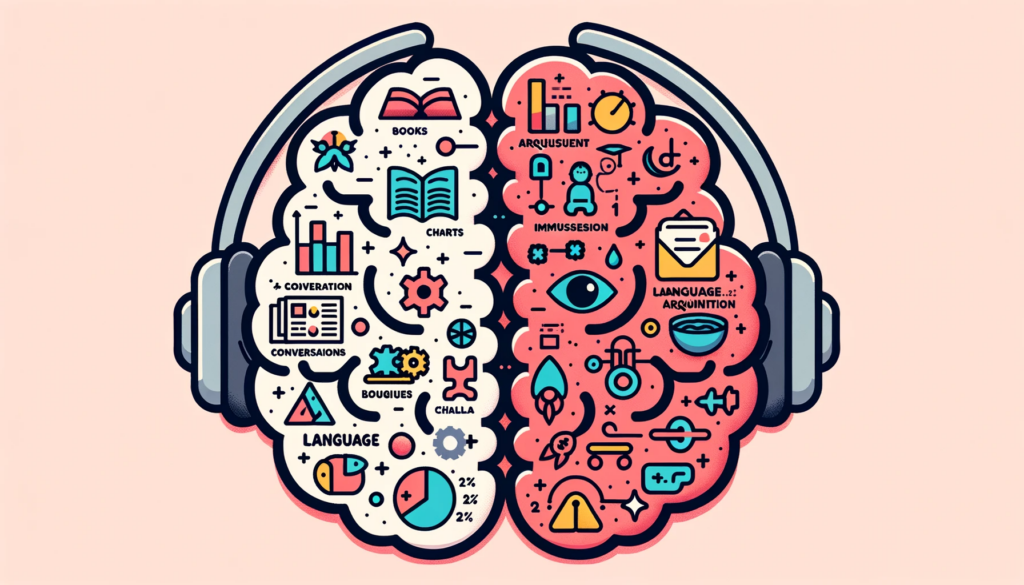Index Surge: Amplifying Your Insights
Stay updated with the latest trends and news across various industries.
Lost in Translation? Not Anymore!
Unlock the secrets of effective communication and bridge the gap with our ultimate guide to mastering translation! Click to find out more!
Unlocking the Secrets: How to Master Translation Techniques
Translation is an intricate art that requires not only a deep understanding of language but also cultural nuances. To master translation techniques, it's essential to develop a systematic approach. Begin by immersing yourself in both the source and target languages. This familiarity will allow you to pick up subtleties and idiomatic expressions that could otherwise be lost in translation. Consider utilizing tools like parallel texts, which can offer valuable insights into how certain phrases are rendered in different languages. Lastly, plan your translation process in stages, such as:
- Initial reading and comprehension
- Draft translation
- Editing and refinement
Another effective method to hone your translation techniques is to engage in regular practice with various materials. This not only sharpens your skills but also expands your vocabulary and comprehension. Consider translating different genres, including literature, technical manuals, and online content. Engaging with diverse texts ensures that you become versatile, enhancing your ability to tackle any translation challenge. Furthermore, actively seek feedback from knowledgeable peers or mentors. Their insights can provide you with new perspectives and highlight areas for improvement, helping you to unlock the secrets to becoming a proficient translator.

Common Translation Pitfalls: What to Avoid for Accurate Results
When it comes to translation, accurate results are crucial for effective communication. One of the most common pitfalls is the failure to understand context. Words can have multiple meanings, and without considering the surrounding text, a translator may produce a misleading or incorrect version. For instance, the word 'bank' can refer to a financial institution or the side of a river. To avoid such errors, always ensure the translator is well-versed not only in the language but also in the cultural context of the material being translated.
Another significant pitfall is relying solely on machine translation tools. While these tools can provide a quick and rough translation, they often overlook nuances and idiomatic expressions unique to a language. For accurate results, it is essential to combine technology with human expertise. This can involve using machine translation as a first draft, followed by a thorough review and revision from a skilled linguist. By recognizing and addressing these common translation pitfalls, you can enhance the quality of your translations and ensure effective communication.
Is Google Translate Enough? When to Seek Professional Help
In today's globalized world, Google Translate has become a popular tool for quick translations, but the question remains: Is Google Translate enough? While it can efficiently translate basic phrases and simple sentences, it often struggles with context, idiomatic expressions, and cultural nuances. For instance, a literal translation may convey the words, but it can easily misrepresent the intended meaning. Therefore, relying solely on this automated service can lead to misunderstandings, especially in professional or sensitive communications.
When should you seek professional help? If you are dealing with complex documents such as legal contracts, medical information, or marketing materials, the stakes are higher, and professional translation services can ensure accuracy and appropriateness. Furthermore, when conveying your brand's message to a diverse audience, using a professional translator can enhance the quality of your content and resonate more authentically with your target demographic. Ultimately, while Google Translate is a handy tool for casual use, it’s crucial to evaluate the context to determine when it's necessary to invest in expert assistance.